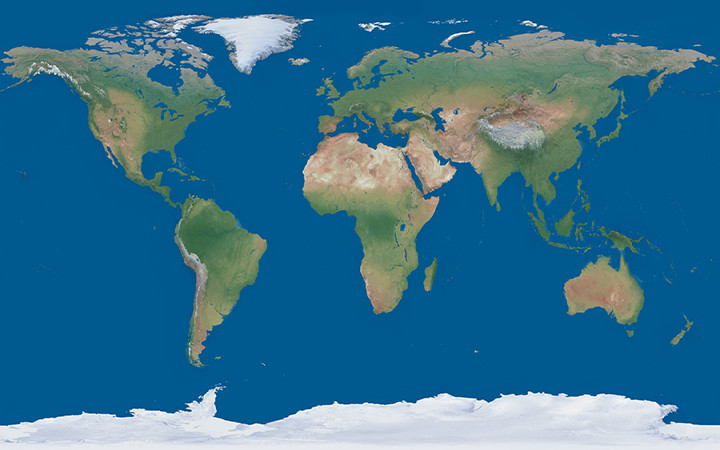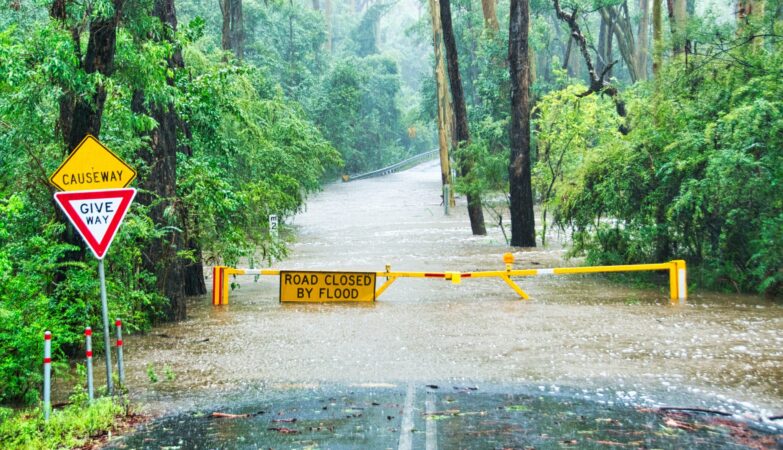The Geography and Continents of world we inhabit is a vast and intricate tapestry of geographical wonders, comprising continents, oceans, mountains, and a myriad of diverse ecosystems. Understanding the geography of our planet is crucial for appreciating the interconnectedness of its various parts. In this article, we will embark on a journey to explore the continents that form the foundation of Earth’s landscapes, delving into their unique characteristics, geographical features, and the role they play in shaping our global environment.
The Geography and Continents of world
Earth is divided into seven major continents, each with its own distinct identity and geographical attributes. These continents are Asia, Europe, Africa, North America, South America, Australia, and Antarctica. These vast landmasses are not only significant in terms of their size but also in their contributions to the planet’s overall geography.
Asia, the largest continent, spans a diverse range of landscapes, from the towering Himalayan mountains to the vast deserts of the Middle East. Europe, known for its rich history and cultural heritage, features a mosaic of nations with varied terrains, from the Scandinavian fjords to the Mediterranean coastlines. Africa, often referred to as the cradle of civilization, boasts the Sahara Desert, the Nile River, and a wealth of biodiversity.You also may like to know about central-cee
North America and South America, the two American continents, are characterized by their expansive plains, dense forests, and the towering Rockies and Andes mountain ranges. Australia, a continent and a country, is renowned for its unique wildlife and the vast, arid Outback. Lastly, Antarctica, the southernmost continent, is a frozen wilderness covered by ice, home to scientific research stations and unique ecosystems adapted to extreme conditions.
Geographical Features
Continents are not just defined by their landmass; they also exhibit a diverse range of geographical features that make each region unique. Mountains, plateaus, plains, and deserts contribute to the varied topography of the continents. The Himalayas, the world’s highest mountain range, grace the Asian continent, while the vast Amazon rainforest in South America is home to unparalleled biodiversity.
The oceans, integral parts of Earth’s geography, surround the continents, shaping their coastlines and influencing climate patterns. The Pacific Ocean, the largest and deepest, plays a crucial role in regulating global weather systems. The Atlantic Ocean, known for its vast expanses and powerful currents, connects the continents of North and South America, Europe, and Africa.
Geographers and their Role
Geographers are instrumental in unraveling the complexities of Earth’s geography. These experts study the spatial relationships between various phenomena, from human populations and cultural landscapes to physical features like mountains and rivers. By employing advanced technologies and mapping techniques, geographers create models that help us visualize and understand the interconnectedness of the world.You also may like to know about jd-harmeyer
Regions and Countries
Countries, the political units that divide the continents, further add to the complexity of Earth’s geography. Each country has its own unique history, culture, and physical landscape. Understanding the geographical distribution of countries allows us to appreciate the diverse tapestry of human civilization. The United States, China, India, Brazil, and Russia are among the largest countries, each contributing significantly to the global geopolitical landscape.
Population and Demographics
The distribution of people across continents and countries is a crucial aspect of geography. Population density, urbanization, and migration patterns shape the demographic landscape of our planet. Asia, with its vast expanse and numerous countries, is home to more than half of the world’s population. Africa, despite its large landmass, has a relatively lower population density, while Europe and North America are characterized by highly developed urban centers.
Environmental Challenges
The Geography and Continents of world also plays a significant role in the environmental challenges we face. Climate change, deforestation, and loss of biodiversity are global issues that transcend continental boundaries. The melting ice in Antarctica and the Arctic, rising sea levels, and extreme weather events are interconnected phenomena that demand global cooperation and understanding of Earth’s geography.
Conclusion
In conclusion, the Geography and Continents of world form a complex and interconnected web that shapes the way we live and interact with our environment. From the towering mountains to the vast oceans, and from densely populated urban centers to remote, uninhabited regions, Earth’s geography is a testament to the diversity and resilience of life on our planet. As we navigate the challenges of the 21st century, a comprehensive understanding of Geography and Continents of world is essential for fostering sustainable practices and preserving the beauty and integrity of our shared home







